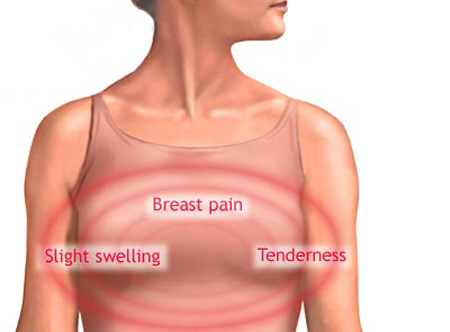Nonrecommended screenings for prostate, breast cancer in older individuals
An estimated 15.7 percent of individuals 65 or older may have received nonrecommended screenings for prostate and breast cancers because they had limited life expectancies of less than 10 years, according to an article published online by JAMA Oncology.
Existing guidelines recommend against screening for these tumors in individuals with limited life expectancy. Overdiagnosis may cost the U.S. health care system as much as $1.2 billion annually.
Firas Abdollah M.D., of the Henry Ford Health System, Detroit, and coauthors assessed the prevalence of nonrecommended screenings for prostate and breast cancers. They analyzed data from individuals who were 65 or older and lived in the United States and who responded to the Behavioral Risk Factors Surveillance System survey in 2012.
Of those 149,514 individuals (weighted to represent nearly 43.6 million people), there were 76,419 (51.1 percent) who had a prostate-specific antigen (PSA) test or mammography in the last year; 23,532 (30.8 percent) of those individuals had a life expectancy of less than 10 years. Those figures correspond to an overall rate of nonrecommended screening of 15.7 percent (23,532 of 149,514 individuals).
Nonrecommended screening rates varied across the country from 11.6 percent in Colorado to 20.2 percent in Georgia, the results show. States with a high rate of nonrecommended screening for prostate cancer were likely to have a high rate of nonrecommended screening for breast cancer and vice versa.
 Limitations to the study included the possible overestimation of life expectancy and the inclusion of patients previously diagnosed, treated or observed for prostate and breast cancers.
Limitations to the study included the possible overestimation of life expectancy and the inclusion of patients previously diagnosed, treated or observed for prostate and breast cancers.
“Efforts should be deployed to reduce nonrecommended screening in states with a high rate of nonrecommended screening. This effort may avoid significant harms to many individuals and improve the cost efficiency of screening initiatives,” the research letter concludes.
###
(JAMA Oncol. Published online January 21, 2016. doi:10.1001/jamaoncol.2015.5871. Available pre-embargo to the media at http://media.jamanetwork.com.)
Editor’s Note: The study includes conflict of interest disclosures. Please see the article for additional information, including other authors, author contributions and affiliations, financial disclosures, funding and support, etc.
Media Advisory: To contact corresponding author Firas Abdollah, M.D., call Tammy Battaglia at 248-881-0809 or email .(JavaScript must be enabled to view this email address).
###
Tammy Battaglia
.(JavaScript must be enabled to view this email address)
248-881-0809
The JAMA Network Journals